꺽쇠
꺽쇠의 의미와 역사
꺽쇠는 주로 특정 부분을 강조하거나 표시하기 위해 사용되며, 종종 인용문이나 링크된 내용을 나타내는 데에도 사용됩니다. 꺽쇠는 문법 용례나 프로그래밍 언어에서의 기호로도 사용되는데, 이는 해당 부분의 기능이나 용도를 부각시키기 위한 것입니다. 꺽쇠의 역사는 매우 오래되었으며, 구조와 의미는 시간이 지남에 따라 변화해왔습니다.
꺽쇠의 발전과 변화
꺽쇠는 영어나 다른 언어에서도 사용되는데, 언어별로 약간의 차이가 있을 수 있습니다. 한글에서의 꺽쇠는 “<"와 ">“의 형태로 표현되는데, 이는 영어에서 사용되는 꺽쇠와는 약간 다를 수 있습니다. 또한, 꺽쇠의 형태와 사용법은 시간이 지나며 변화해왔으며, 현재는 다양한 분야에서 사용되고 있습니다.
꺽쇠의 다양한 형태와 사용
꺽쇠는 주로 강조나 인용의 용도로 사용되지만, 다양한 형태와 사용법이 있습니다. 예를 들어, “{ }”는 꺽쇠를 대체하는 기호로 사용되기도 합니다. 꺽쇠의 사용은 의미나 문맥에 따라 달라질 수 있으며, 각각의 분야에서 독특한 용법을 가지고 있습니다.
꺽쇠의 기능과 용도
꺽쇠는 일반적으로 물체나 개념의 특정 부분을 강조하기 위해 사용됩니다. 예를 들어, “<헤딩>“은 “헤딩”이라는 단어를 강조하는 표현입니다. 또한, 꺽쇠는 인용문이나 링크된 내용의 시작과 끝을 표시하는 데에도 사용됩니다. 이렇게 특정 부분을 강조하거나 표시함으로써, 꺽쇠는 문장이나 문단이 더욱 명확하고 의미 전달이 잘 되도록 도와줍니다.
꺽쇠의 문화적 의미와 상징성
꺽쇠는 문화적으로도 의미와 상징성을 지니고 있습니다. 꺽쇠는 종종 방향성을 나타내는 기호로 사용되는데, 한쪽이 더 넓고 다른 한쪽이 더 좁은 형태로 이루어져 있어서 그러합니다. 이러한 형태와 상징성은 균형과 조화를 나타내는 데에도 사용됩니다. 또한, 꺽쇠는 한글 이외의 언어에서도 사용되는데, 다양한 문화와 국가 간의 교류와 연결을 상징하는 역할을 합니다.
꺽쇠의 예술과 디자인에서의 활용
꺽쇠는 예술과 디자인 분야에서도 자주 활용됩니다. 예를 들어, 그래픽 디자인이나 웹 디자인에서 꺽쇠는 주로 단순한 형태와 선명한 색상으로 표현되며, 형태나 색상 등의 변화로 다양한 의미나 감정을 표현하기도 합니다. 또한, 꺽쇠는 독특한 형태와 상징성을 가지고 있어서, 예술 작품이나 로고 등에서 주요한 요소로 자주 사용됩니다.
꺽쇠의 교통 표지판에서의 사용
꺽쇠는 교통 표지판에서도 자주 사용됩니다. 교차로나 방향지시 등의 표시에 꺽쇠가 사용되는데, 이는 특정 방향을 가리키거나 지시하기 위한 것입니다. 꺽쇠는 교통 표지판에서 눈에 띄기 쉽고 명확한 표시로 사용되며, 운전자들에게 필요한 정보를 제공하는 데에 큰 역할을 합니다.
꺽쇠의 수학적 응용과 기호
꺽쇠는 수학에서도 많이 사용되는데, 대표적인 예로는 부등호 기호가 있습니다. 부등호 기호는 꺽쇠를 두 개 겹쳐서 사용하는데, 한쪽으로는 어떤 값이 다른 값보다 작거나 크다는 의미를 나타내고, 다른 한쪽으로는 어떤 값이 다른 값보다 작거나 크지 않다는 의미를 나타냅니다. 이 외에도 수학적으로 꺽쇠는 벡터와 같은 개념을 나타내는 데에도 활용됩니다.
꺽쇠의 컴퓨터 프로그래밍에서의 활용
꺽쇠는 컴퓨터 프로그래밍에서도 널리 활용되는데, 주로 태그나 코드 블록을 표시하기 위해 사용됩니다. HTML이나 XML과 같은 마크업 언어에서 꺽쇠는 태그의 시작과 끝을 나타내는 데에 사용되며, 프로그래밍 언어에서도 함수나 조건문 등의 블록을 표시하는 데에 활용됩니다. 꺽쇠의 사용은 프로그래머들에게 코드의 구조를 이해하기 쉽게 도와주는 역할을 합니다.
꺽쇠의 관련 용어와 인용법
꺽쇠와 관련된 용어와 인용법에 대해 간략히 알아보겠습니다. “겹낫표”는 두 개의 꺽쇠를 겹쳐서 사용하는 것을 의미합니다. “낫표 기호”는 인용문이나 특정 부분을 강조하기 위해 사용하는 기호로, 꺽쇠와 같은 역할을 합니다. “겹낫표 키보드”는 한글 키보드에서 특정 키를 눌러서 겹낫표 기호를 입력하는 기능을 의미합니다. “X 특수문자”는 꺽쇠와 상반된 형태로, 방향성을 나타내는 역할을 합니다. “선 특수문자”는 꺽쇠와 비슷한 형태를 가지며, 두 부분 사이의 관계나 구조를 나타내는 데에 사용됩니다. “홑낫표 입력”은 한글 키보드에서 단일한 꺽쇠를 입력하는 방법을 의미합니다. “겹낫표 기호”는 두 개의 꺽쇠를 겹쳐서 사용하는 것을 의미하며, 주로 인용문이나 예시를 나타내는 데에 사용됩니다. “홑낫표 사용법”은 한글에서 단일한 꺽쇠를 올바르게 사용하는 방법을 의미합니다.
FAQs (자주 묻는 질문들)
1. 꺽쇠는 어떤 용도로 사용되나요?
꺽쇠는 주로 특정 부분을 강조하거나 표시하기 위해 사용됩니다. 예를 들어, 부등호 기호로 사용되거나, 인용문이나 링크된 내용을 나타내는 데에도 사용됩니다.
2. 꺽쇠의 역사는 어떻게 되나요?
꺽쇠의 역사는 매우 오래되었으며, 시간이 지남에 따라 구조와 의미가 변화해왔습니다. 꺽쇠는 각국의 언어와 문화에서 다양한 형태와 사용법으로 발전해왔습니다.
3. 꺽쇠는 어느 분야에서 주로 사용되나요?
꺽쇠는 다양한 분야에서 사용됩니다. 예를 들어, 문장의 강조나 인용, 그래픽 디자인 혹은 프로그래밍 언어에서의 태그 표시 등 다양한 용도로 사용됩니다.
4. 교통 표지판에서의 꺽쇠는 어떤 역할을 하나요?
교통 표지판에서의 꺽쇠는 주로 방향성을 나타내는 역할을 합니다. 교차로나 방향지시 등의 표시에 꺽쇠가 사용되어 특정 방향을 가리키거나 지시합니다.
5. 꺽쇠는 수학에서 어떻게 사용되나요?
꺽쇠는 수학에서 부등호 기호로 사용되며, 어떤 값이 다른 값보다 작거나 크다는 의미를 나타냅니다. 또한, 벡터와 같은 개념을 나타내는 데에도 사용됩니다.
6. 컴퓨터 프로그래밍에서 꺽쇠는 어떻게 활용되나요?
꺽쇠는 컴퓨터 프로그래밍에서 주로 태그나 코드 블록을 표시하기 위해 사용됩니다. HTML이나 XML과 같은 마크업 언어에서 꺽쇠는 태그의 시작과 끝을 나타내며, 프로그래밍 언어에서도 함수나 조건문 등의 블록을 표시하는 데에 사용됩니다.
7. 꺽쇠와 관련된 용어와 인용법이 있나요?
꺽쇠와 관련된 용어로는 “겹낫표”, “낫표 기호”, “겹낫표 키보드”, “X 특수문자”, “선 특수문자”, “홑낫표 입력”, “겹낫표 기호”, “홑낫표 사용법” 등이 있습니다. 이러한 용어와 기호는 한글에서 꺽쇠를 올바르게 사용하기 위해 필요한 정보를 제공합니다.
사용자가 검색한 키워드: 꺽쇠 겹낫표, 낫표 기호, 겹낫표 키보드, X 특수문자, 선 특수문자, 홑낫표 입력, 겹낫표 기호, 홑낫표 사용법
Categories: Top 56 꺽쇠
기능성 꺽쇠 2종 알아보기!
여기에서 자세히 보기: p1.paulantonybuilders.com
겹낫표
Introduction (100 words)
The Korean language not only has its own unique alphabet, 한글 (Hangeul), but it also incorporates various diacritical marks and punctuation to enhance pronunciation and readability. One such important symbol is the 겹낫표 (gyeop-natpyo), also known as the double consonant sign. This article aims to delve into the intricacies of 겹낫표, explore its purpose and usage, and provide a comprehensive understanding of this vital component in the Korean writing system.
What is 겹낫표? (100 words)
The term 겹낫표 can be translated into English as the “double consonant sign.” Specifically, it is a diacritic mark placed at the bottom right corner of a consonant in 한글 to indicate a doubled consonant sound. It visually emphasizes that the pronunciation of the consonant is doubled, which can alter its sound significantly. The presence of 겹낫표 distinguishes doubled consonant sounds from their single counterparts in Korean, thus playing a crucial role in accurate pronunciation and comprehension.
Purpose and Usage (200 words)
The primary purpose of 겹낫표 is to denote a doubled consonant sound, creating a distinction between single and double consonants in Korean. When a consonant is written with 겹낫표, it represents a doubled or prolonged sound compared to its non-doubled counterpart. This enables Korean speakers to accurately pronounce words and understand the intended meaning.
In practical use, 겹낫표 is employed when a consonant sound is repeated within a syllable. For example, the consonant ‘ㄱ’ (giyuk) is pronounced as a soft ‘g’ sound in the word “가기” (gagi), meaning “to go” or “going.” However, when 겹낫표 is added to ‘ㄱ’, it transforms into a hard ‘k’ sound, as in “깍기” (ggaggi), meaning “to cut.”
Moreover, 겹낫표 is extensively used in verb conjugation, facilitating proper pronunciation of the various inflections. By employing 겹낫표 in verb endings, the correct pronunciation of the verb stem is maintained, avoiding any confusion or ambiguity in communication.
Commonly Used Double Consonant Sounds (200 words)
Korean language incorporates a wide range of double consonant sounds, each represented by a unique combination of consonants and vowels. Listed below are some frequently encountered double consonant sounds accompanied by their corresponding 한글 characters:
1. ㄲ (kk) – As previously mentioned, ‘ㄱ’ with 겹낫표 denotes a hard ‘k’ sound.
2. ㄸ (tt) – ‘ㄷ’ (t) with 겹낫표 indicates a tense or aspirated ‘t’ sound.
3. ㅃ (pp) – ‘ㅂ’ (b) with 겹낫표 represents a strong ‘p’ sound.
4. ㅉ (jj) – ‘ㅈ’ (j) with 겹낫표 signifies a strengthened ‘j’ sound.
5. ㅆ (ss) – ‘ㅅ’ (s) with 겹낫표 denotes an emphasized ‘s’ sound.
6. ㅉ (jj) – Using 겹낫표 under ‘ㅊ’ (ch) creates a heavy ‘ch’ sound.
7. ㅆ (ss) – Placing 겹낫표 under ‘ㅌ’ (t) produces an intensive ‘t’ sound.
By familiarizing oneself with the pronunciation of these double consonant sounds and recognizing the related 한글 characters, one can enhance their understanding and articulation of the Korean language.
Frequently Asked Questions (FAQs) (200 words)
Q1: Is 겹낫표 only used in the initial position of a syllable?
A1: No, 겹낫표 can be used both initially and finally in a syllable. Its usage depends on the particular word and its pronunciation.
Q2: Can 겹낫표 be combined with all Korean consonants?
A2: Although 겹낫표 is generally applicable to most consonants, there are exceptions. Consonants such as ‘ㅇ’ (silent ng sound) and ‘ㄴ’ (n) cannot be combined with 겹낫표.
Q3: Is it necessary to use 겹낫표 in everyday writing?
A3: While it is not compulsory to use 겹낫표 in informal writing, it is essential for accurate pronunciation and understanding in formal contexts, such as newspapers, books, and official documents.
Q4: Can 겹낫표 change the meaning of a word?
A4: In most cases, the presence or absence of 겹낫표 does not alter the meaning of a word. It primarily affects the pronunciation and sound quality, ensuring correct comprehension.
Q5: Are there similar diacritics used in other languages?
A5: Yes, various languages employ diacritical marks to modify pronunciation and provide additional phonetic distinctions. Examples include the diaeresis in German and the acute accent in French.
Conclusion (92 words)
In the complex and fascinating world of 한글, the double consonant sign, 겹낫표, plays a vital role in accurately representing the unique sounds of the Korean language. By denoting the doubling of consonants, 겹낫표 allows for precise pronunciation, avoiding any ambiguity or confusion. Understanding the purpose, usage, and common double consonant sounds associated with 겹낫표 enhances one’s ability to effectively communicate and comprehend Korean. So, whether you are a language enthusiast or learning Korean, embrace the 겹낫표 as a key ingredient in unraveling the intricacies of the beautiful 한글 alphabet.
낫표 기호
Historical origins of 낫표 기호:
The use of 낫표 기호 in Korean writing can be traced back to the early 20th century when Western punctuation marks were introduced to the Korean language. Prior to this, Korean writing systems such as Hanja and Idu did not have a specific punctuation mark to express exclamatory or emphatic statements. As the influence of the Western world grew, the need for a distinct symbol to signify surprise or emphasis arose, leading to the adoption of the exclamation mark as 낫표 기호.
Usage of 낫표 기호:
1. Expressing surprise or shock:
The primary function of the exclamation mark in Korean is to indicate surprise or shock. It is used to convey strong emotions and is often placed at the end of a sentence or phrase to enhance its impact. For example, “어머나! 이 책의 가격이 너무 싸다!” (Oh my goodness! The price of this book is incredibly cheap!).
2. Expressing emphasis:
The exclamation mark in Korean is also used to emphasize a point or an action. It can be employed to highlight important information or to amplify the intensity of a statement. For instance, “걱정하지 말아요! 내가 반드시 해결해 줄 테니까요” (Don’t worry! I will definitely solve it for you).
3. Conveying enthusiasm or excitement:
In casual conversations or informal writing, 낫표 기호 is often used to reflect excitement or enthusiasm. It adds a lively tone to the text and helps to express the writer’s emotions more vividly. For example, “와! 정말 멋진 노래네요!” (Wow! What a fantastic song!)
4. Indicating commands or requests:
In certain cases, an exclamation mark can be used to indicate imperative or commanding statements. It adds a sense of urgency and authority to the sentence. For instance, “조용히 하세요!” (Be quiet!) or “도와주세요!” (Please help!).
Frequently Asked Questions (FAQs):
1. Are there any guidelines for using 낫표 기호?
While there are no strict rules regarding the usage of the exclamation mark, it is generally advised to use it sparingly. Overuse of exclamation marks can make the writing seem exaggerated or insincere. As a general guideline, it is best to reserve it for situations that genuinely warrant strong emotions or emphasis.
2. Can I use multiple exclamation marks for stronger emphasis?
Using multiple exclamation marks in succession is not common in Korean writing. While some languages may use multiple exclamation marks to amplify the intensity of a sentence, in Korean, it is more appropriate to use a single exclamation mark. Using multiple exclamation marks may come across as excessive or informal.
3. Can 낫표 기호 be used in formal writing?
In formal writing, the use of 낫표 기호 is generally limited. Formal documents such as academic papers, professional emails, or official reports typically adhere to a more neutral and restrained tone. However, in certain specific contexts where conveying strong emotion is required, such as literature or quoting dialogue, the exclamation mark can be used even in formal writing.
4. Can I use 낫표 기호 in online communication or social media?
In informal online communication, such as social media posts, comments, or instant messaging, the usage of exclamation marks is more common and accepted. Online platforms often encourage a more expressive style of writing, and using exclamation marks can help convey emotions effectively. However, it is still important to exercise moderation and avoid excessive use.
5. Are there any alternative ways to express surprise or emphasis in written Korean?
Yes, there are alternative ways to convey surprise or emphasis in Korean writing. One such method is using bold text or capital letters to highlight key words or phrases. Additionally, using adjectives or adverbs that are known for indicating surprise or intensity can also be effective. However, the use of the exclamation mark remains the most widely recognized and commonly used method to express surprise or emphasis.
In conclusion, 낫표 기호 plays a crucial role in Korean writing, allowing writers to express surprise, highlight important information, or convey enthusiasm. While there are no rigid rules for its usage, it is important to use exclamation marks judiciously and appropriately to maintain clarity and sincerity in writing. Understanding the nuances and guidelines surrounding the usage of 낫표 기호 will help Korean writers effectively communicate their emotions and intentions through the written word.
겹낫표 키보드
주제와 관련된 이미지 꺽쇠
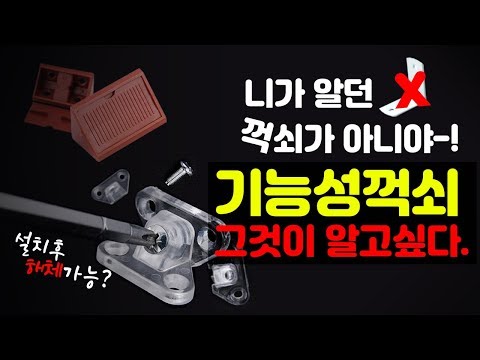
꺽쇠 주제와 관련된 이미지 27개를 찾았습니다.
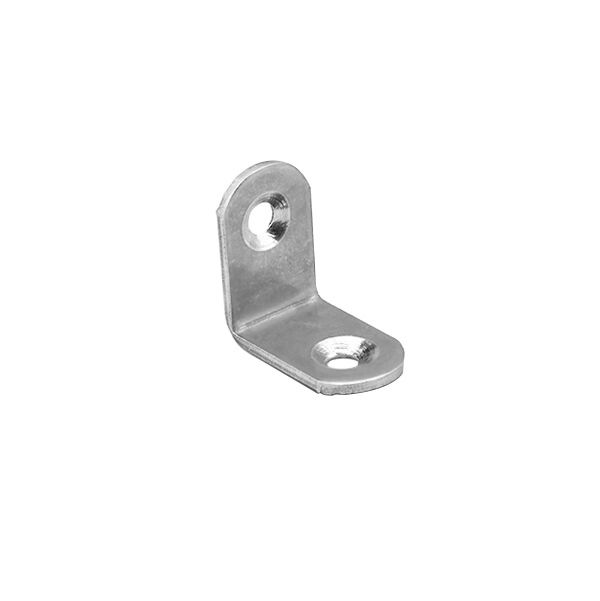
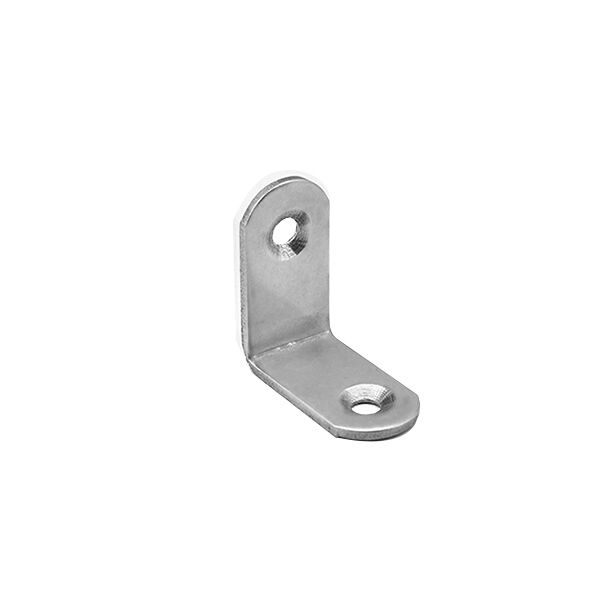
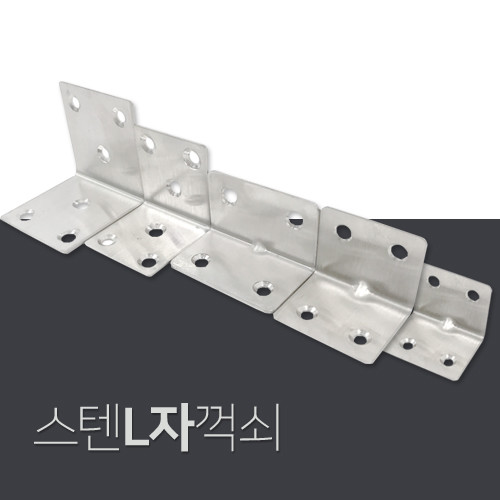


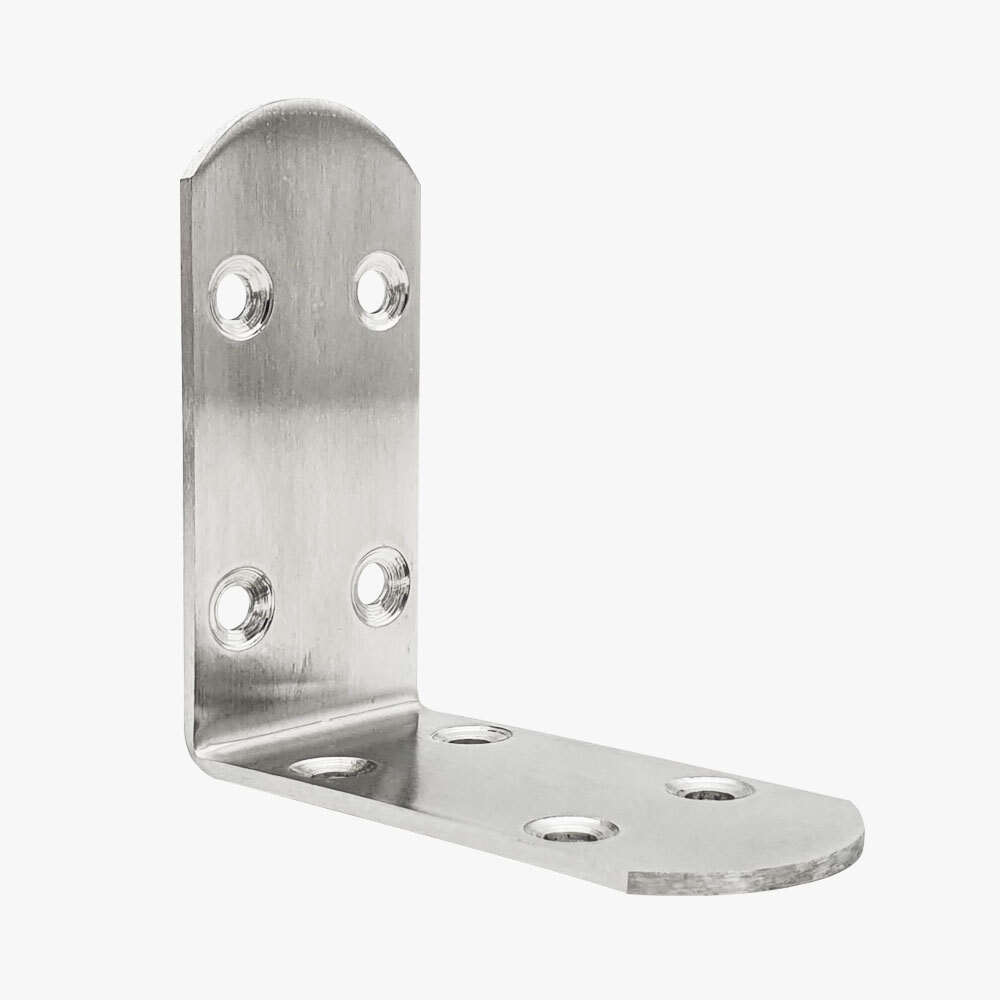
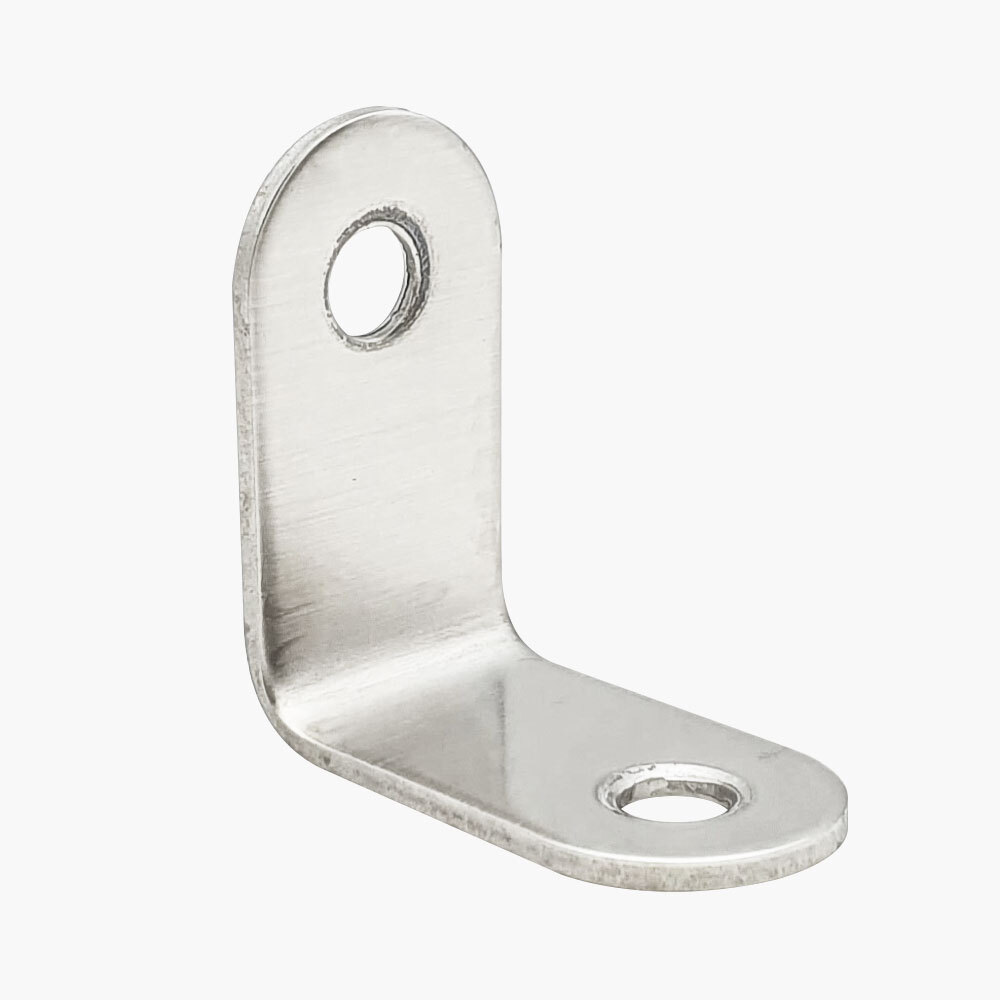
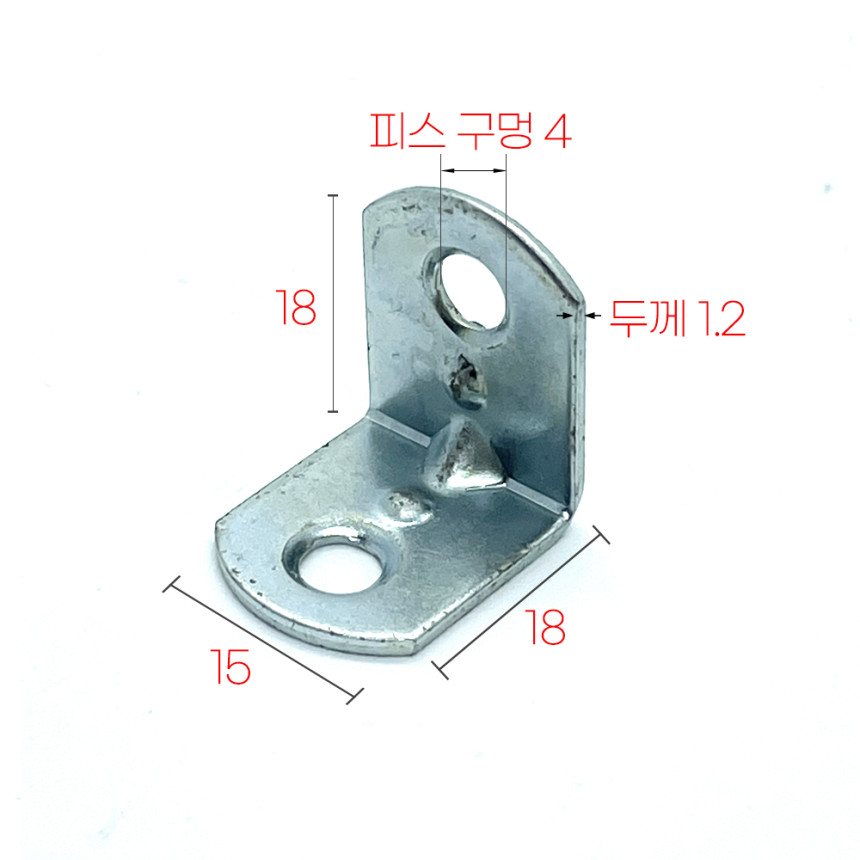
![철물백화점[액자걸이 및 큐비클부속전문점] 철물백화점[액자걸이 및 큐비클부속전문점]](https://cdn-pro-web-218-157.cdn-nhncommerce.com/cmb200tr1868_godomall_com/data/goods/16/08/33/1000001796/1000001796_main_07.jpg)

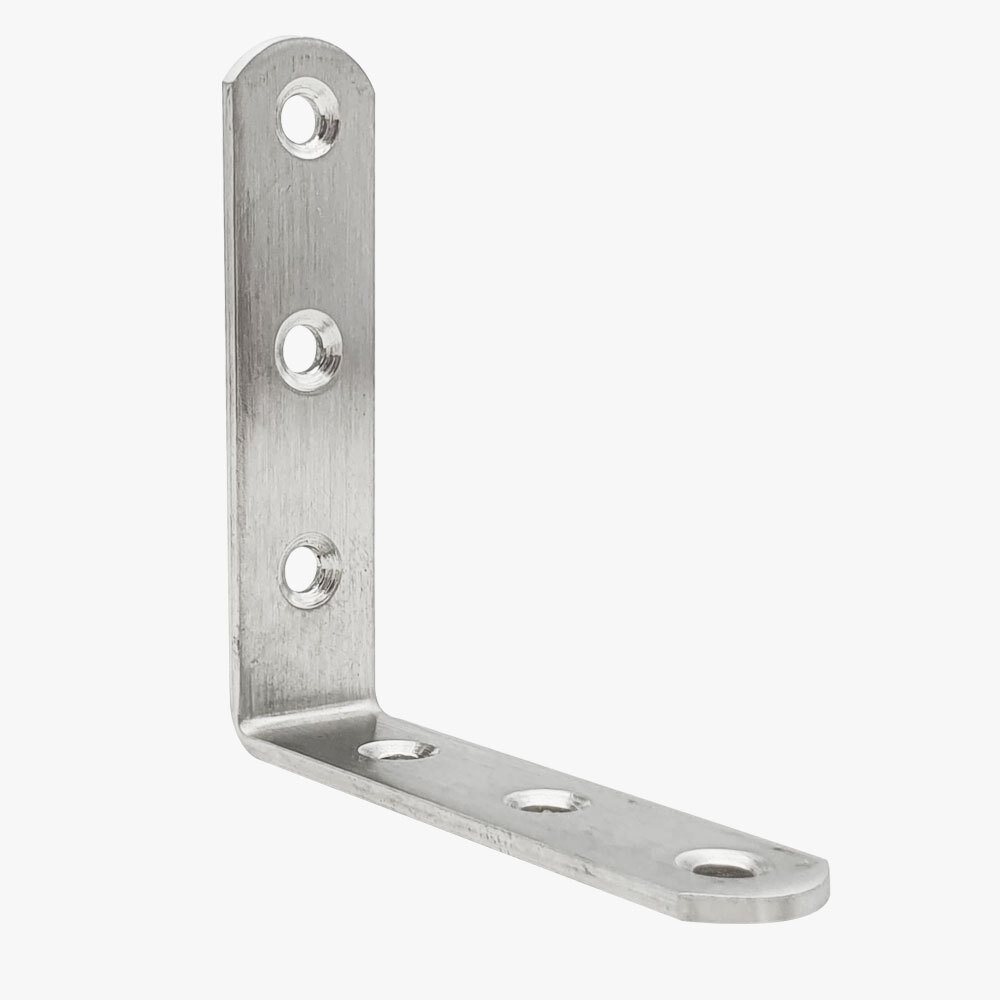

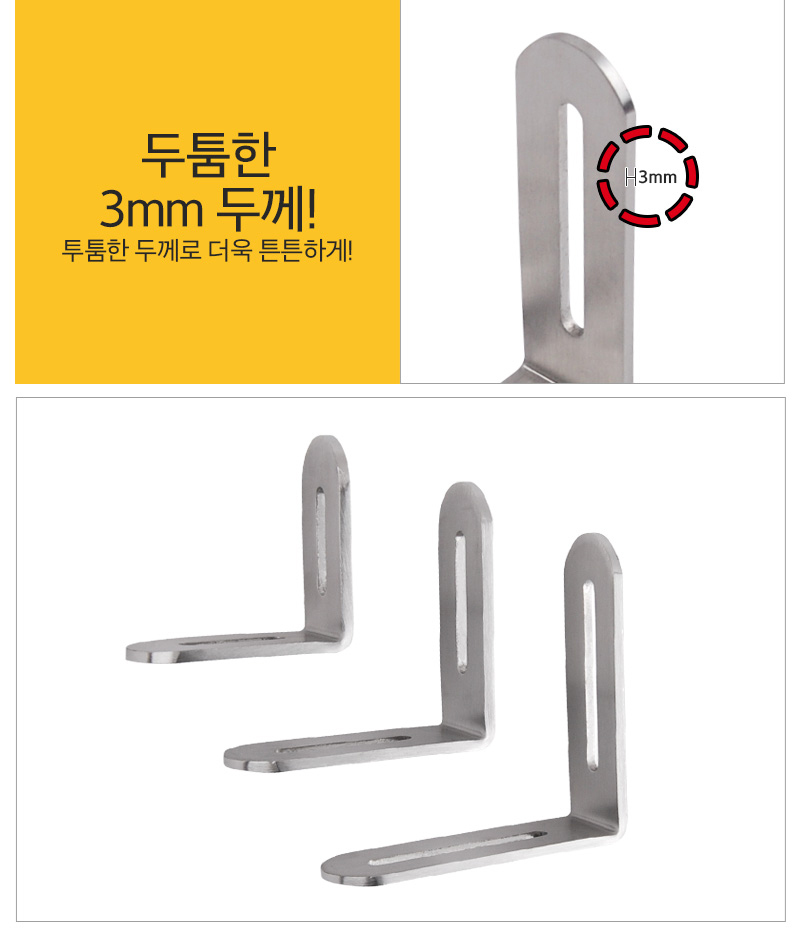

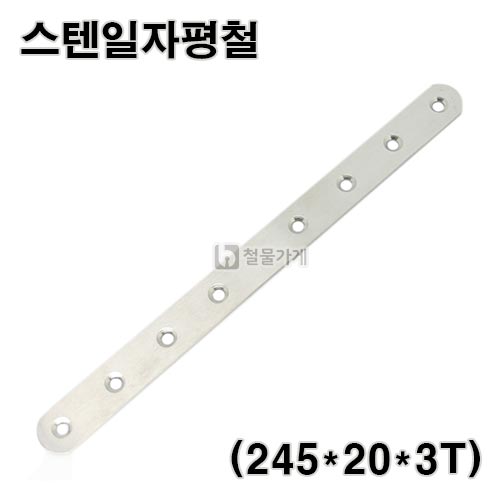
![HF-1357 반수제 살림망용 약12cm ㄱ자꺽쇠 클램프 ] Hf-1357 반수제 살림망용 약12Cm ㄱ자꺽쇠 클램프 ]](https://www.hifishing.co.kr/shopimages/wisdom77/0030000000373.jpg?05041400)

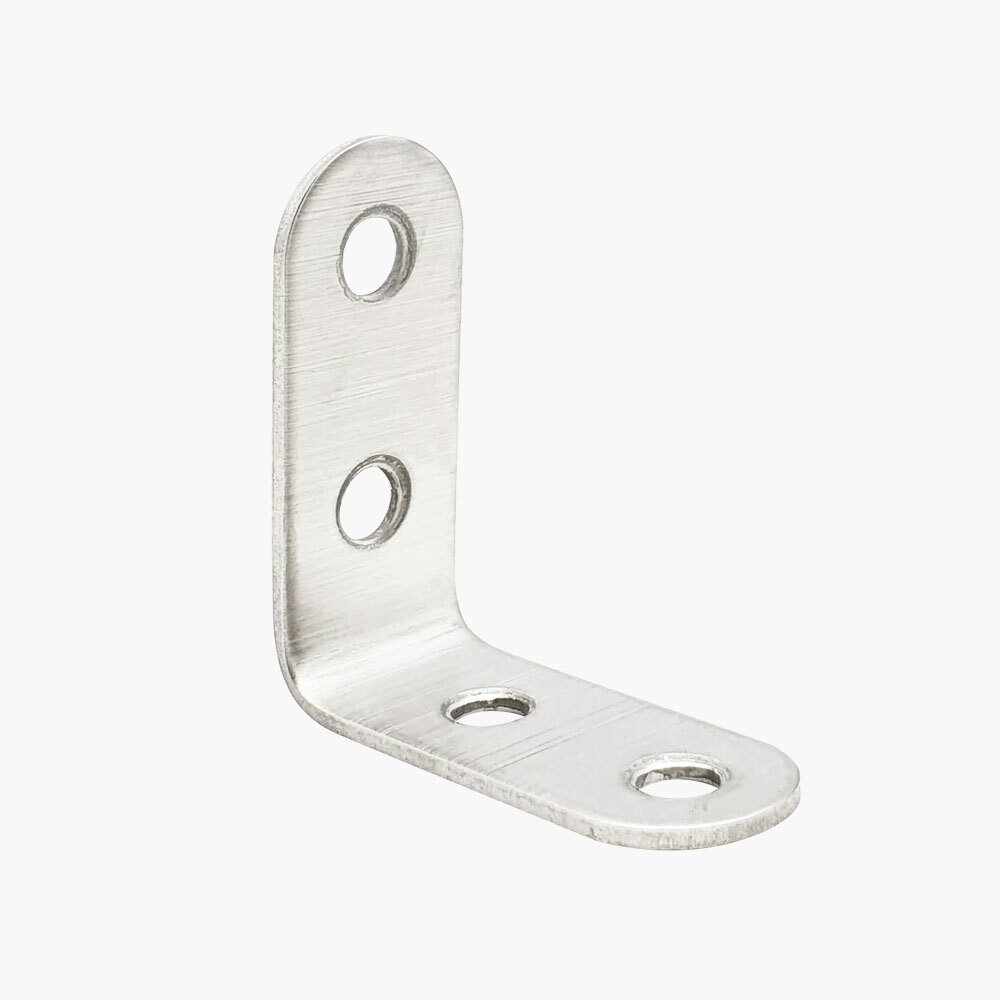
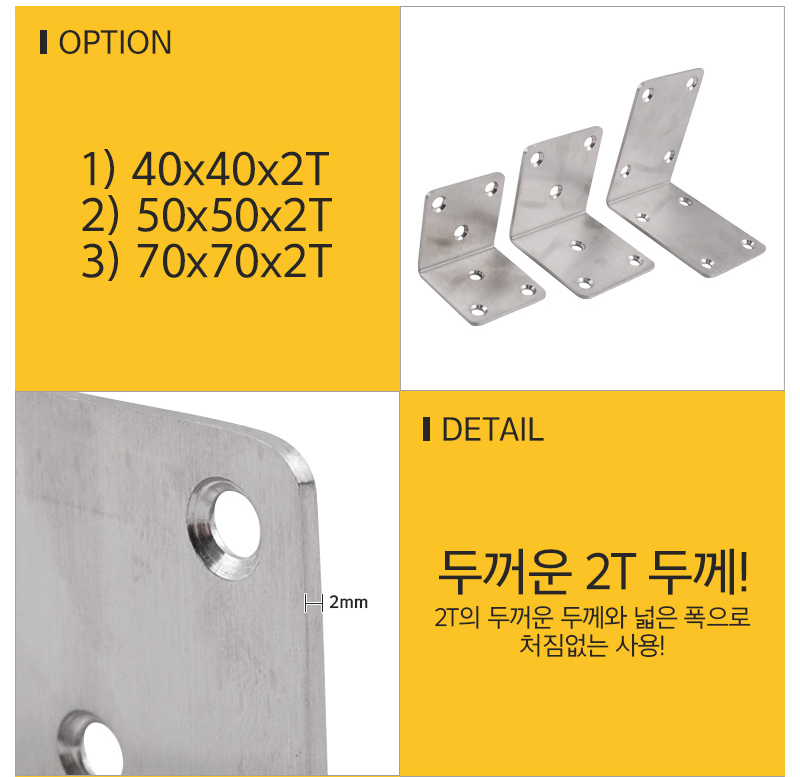
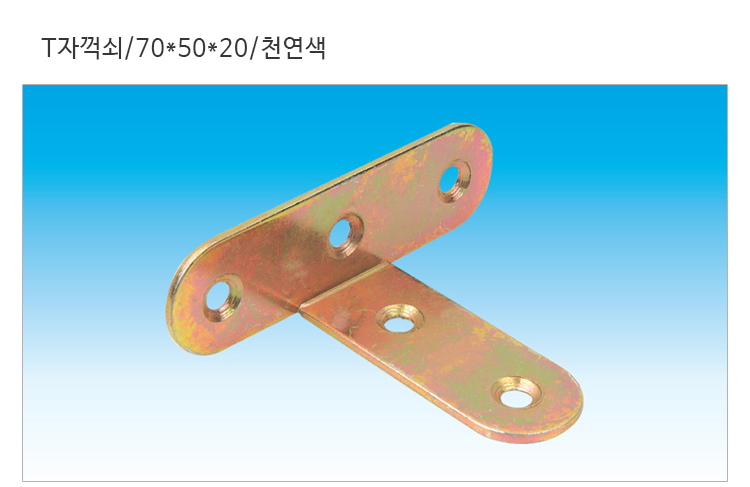
Article link: 꺽쇠.
주제에 대해 자세히 알아보기 꺽쇠.
- 꺽쇠 특수문자 이모티콘 「」『』 – 인스타 … – 테크봇
- 꺽쇠 특수문자 이모티콘 「」『』 – 인스타특수문자 텍스트대치 …
- 꺽쇠 검색결과 – G마켓
- 낫표 – 나무위키
- 꺽쇠/평철/침대철물 – 아이베란다 공식몰 DIY목공자재
- ㄱ자 꺽쇠 – 쿠팡!
- 철물/산업용하드웨어 ▽ > 연결철물(꺽쇠/평철) – 꾸밈닷컴
- 꺽쇠
- ㄱ자꺽쇠 – 철물박사
더보기: https://p1.paulantonybuilders.com/category/blog